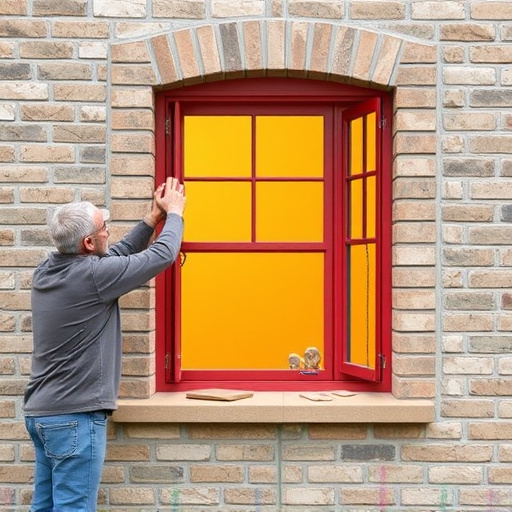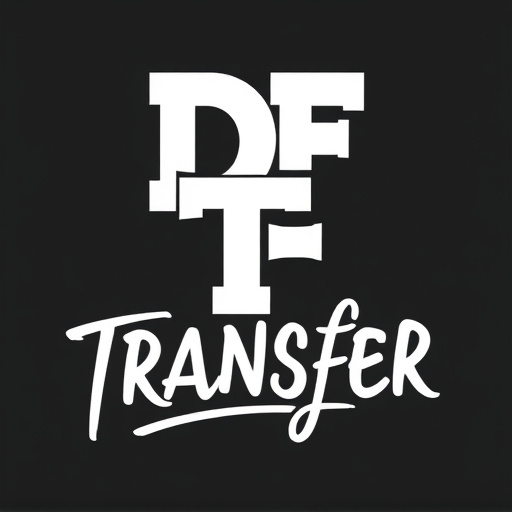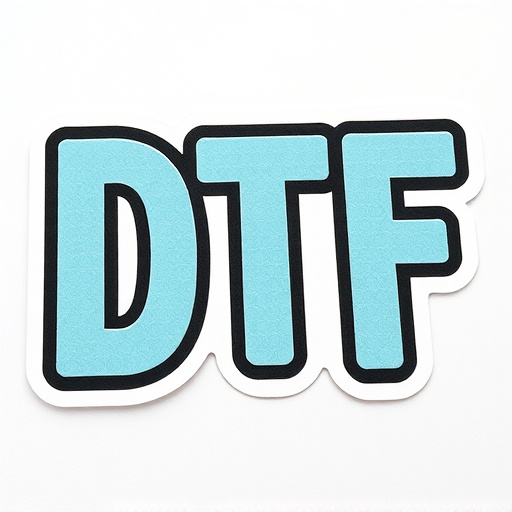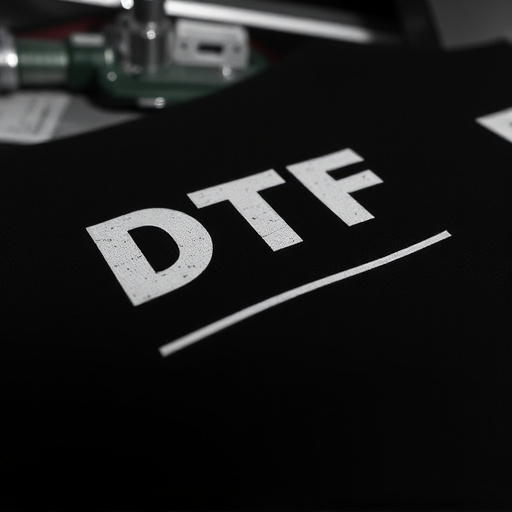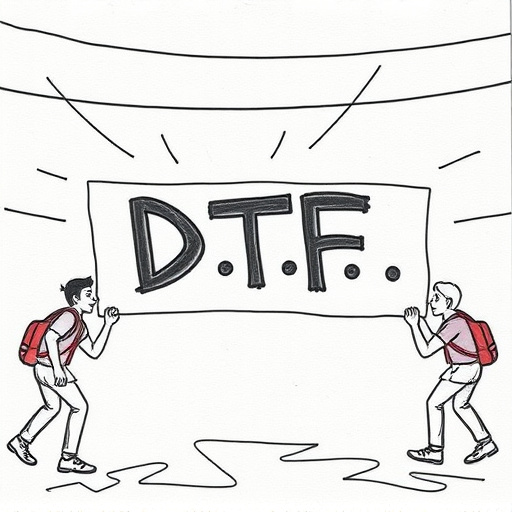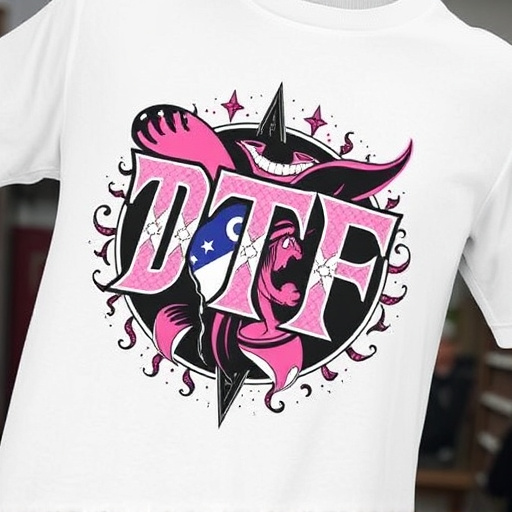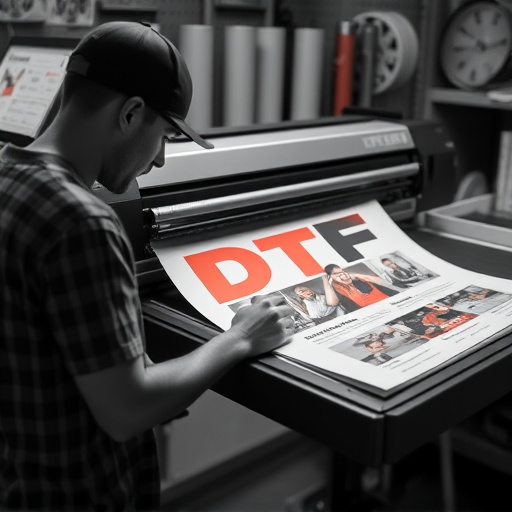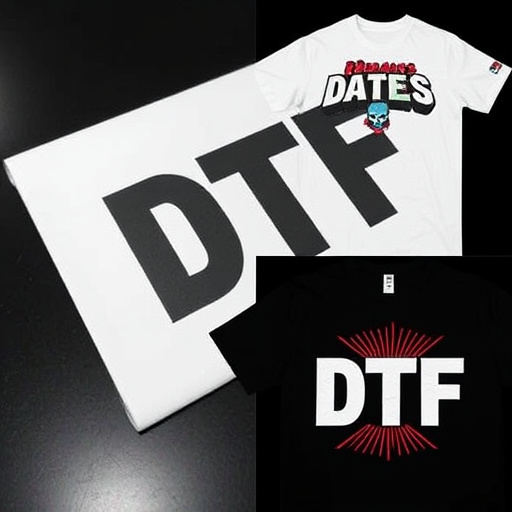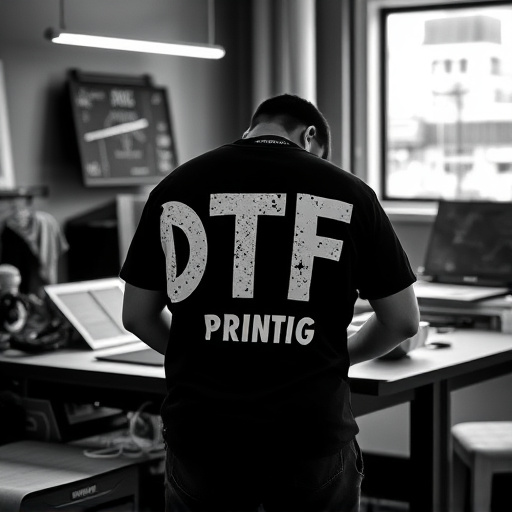DTF Transfer Sheets transform textile design by enabling creators to produce intricate patterns for easy transfer to fabrics, especially hoodies. Using a DTF printer, professionals and amateurs can achieve precise applications with software like Adobe Illustrator or CorelDRAW that support vector and raster editing, high-resolution output, and color profiles. For optimal results, create simple, high-contrast designs with clear lines, avoiding complex details that might blur or smudge during the heat press process.
Designing artwork for DTF (Direct to Film) transfer sheets offers a unique and efficient method for creating custom prints on various materials. This article guides you through the process, from understanding DTF transfer sheets and their versatile applications, to selecting the ideal design software. Learn how to create effective visuals optimized for successful transfers, ensuring high-quality results every time. Discover tips and techniques to master this art, making your DTF printing journey a creative and rewarding experience.
- Understanding DTF Transfer Sheets and Their Uses
- Choosing the Right Design Software for DTF
- Creating Effective Visuals for Optimal Transfer
Understanding DTF Transfer Sheets and Their Uses
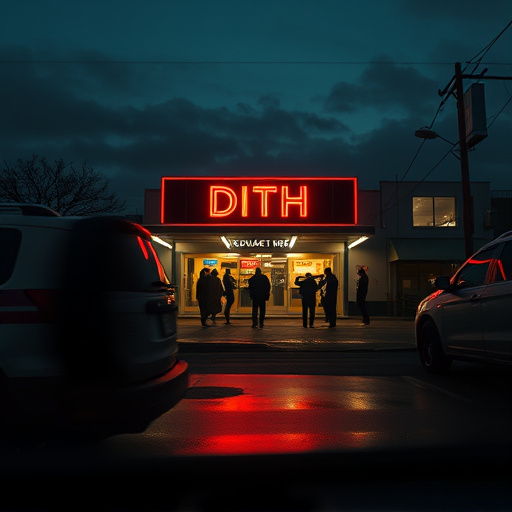
DTF Transfer Sheets are a game-changer in the world of textile design and customization. These specialized sheets allow designers to create intricate patterns and graphics that can be easily transferred to various materials, particularly fabrics for clothing like hoodies. The process involves using a DTF printer to apply the designs precisely, enabling both professional and amateur creators to achieve high-quality results at home or in small businesses.
DTF printing for hoodies, for instance, has become increasingly popular due to its versatility and ease of use. With DTF transfer sheets, you can transform your creative visions into reality by simply aligning the sheet over the fabric, heating it with a press or iron, and voila! The design is permanently transferred, offering a durable and vibrant finish. This method is not just for hoodies; it’s suitable for a range of fabrics and allows for personalized, unique designs in clothing, accessories, and even home decor items.
Choosing the Right Design Software for DTF
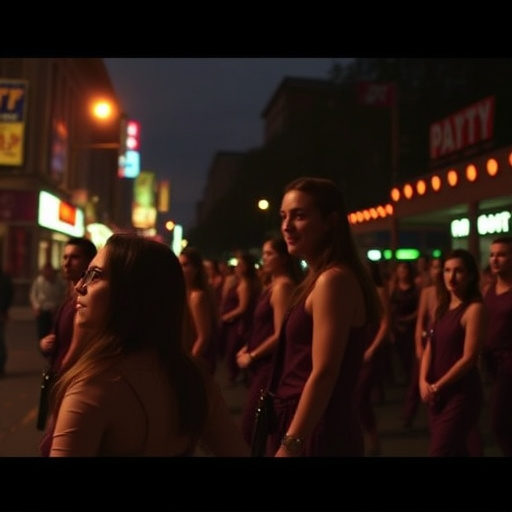
When designing artwork for DTF (Direct to Film) Transfer Sheets, selecting the appropriate design software is a critical first step. The right tool can significantly streamline your workflow and enhance your final product, whether you’re creating designs for custom apparel like personalized hoodies or promotional items. Look for software that offers precise vector and raster editing capabilities, allowing you to effortlessly create intricate details and seamless gradients. Popular options include industry-standard tools like Adobe Illustrator and CorelDRAW, which are widely used in the textile printing sector for their versatility and advanced features.
Consider the specific requirements of DTF heat transfer paper when choosing your software. You’ll want a program that supports high-resolution output and can handle the precise color profiles necessary for achieving vibrant, accurate prints on cold peel DTF transfers. Additionally, many design software packages come with built-in templates tailored for various print methods, including direct to film applications. Leveraging these resources can save you time and ensure your artwork is optimized for the unique properties of DTF transfer sheets.
Creating Effective Visuals for Optimal Transfer

Creating effective visuals is key to achieving optimal transfers when using DTF Transfer Sheets. For best results, focus on high-contrast, crisp lines and simple designs. Complex details can be challenging to accurately reproduce during the heat press process. Opt for bold outlines and solid colors, avoiding fine lines or intricate patterns that might blur or smudge. Remember, the goal is to create a design that translates clearly onto the final medium, whether it’s fabric, wood, or metal.
When designing for DTF Transfer Sheets, consider the intended use, such as custom sheets for heat pressing designs onto garments. This means balancing aesthetics with practicality. For instance, while intricate details might look stunning in a digital illustration, they may not translate well when reduced to a specific size or applied under high pressure during bulk DFT shirt production. Therefore, simplicity and clarity are your allies, ensuring the design element remains visible and intact after the transfer process.
Designing artwork for DTF transfer sheets requires a thoughtful approach, combining software proficiency with an understanding of material compatibility. By mastering visual creation techniques and selecting the right tools, artists can ensure optimal transfers, unlocking the potential to produce high-quality, intricate designs on various surfaces. Remember, the key lies in balancing aesthetics and practicality for successful DTF applications.

